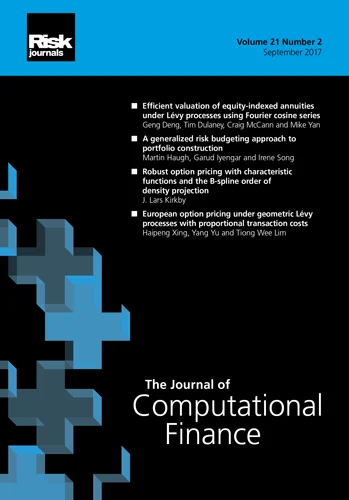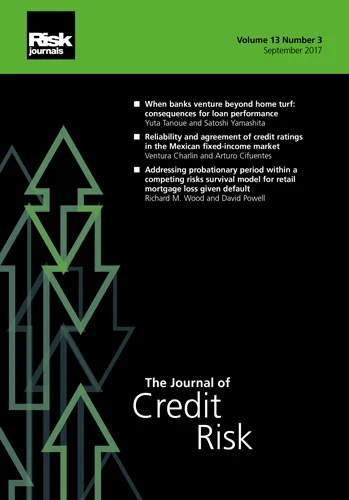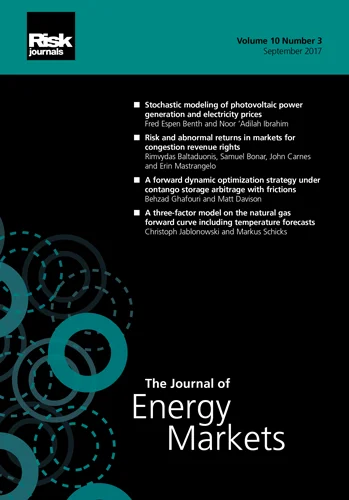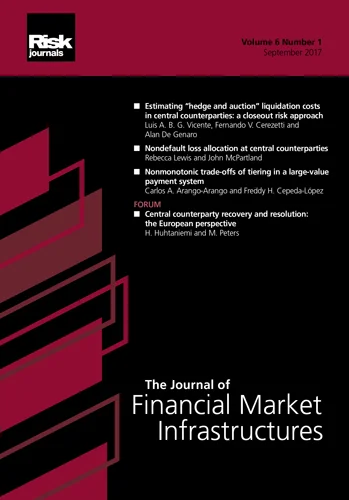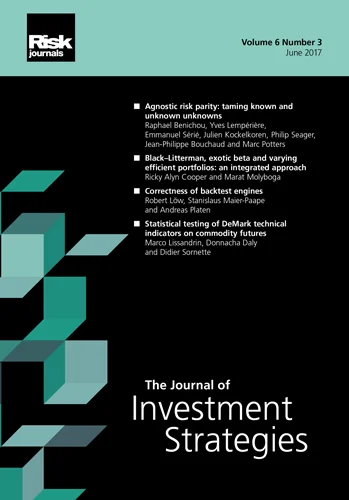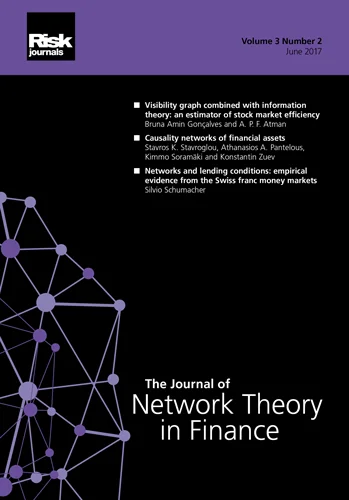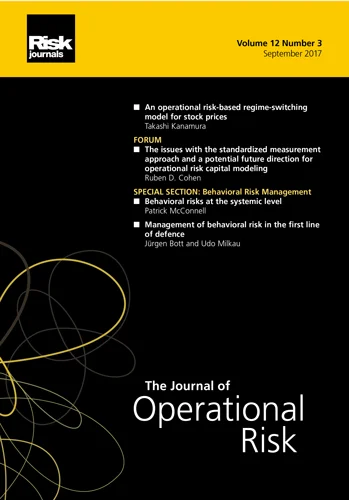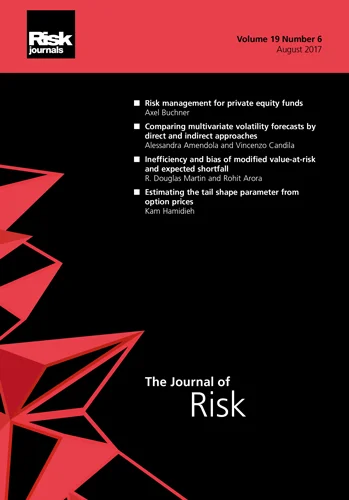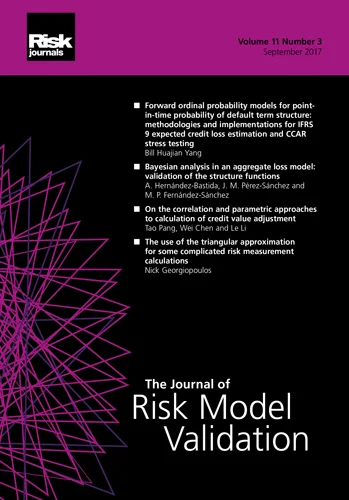Journal of Financial Market Infrastructures
ISSN:
2049-5412 (online)
Editor-in-chief: Manmohan Singh
Volume 12, Number 2 (March 2025)
Editor's Letter
Jorge Cruz Lopez
Western University
Anneke Kosse
Bank for International Settlements
This second issue of Volume 12 of The Journal of Financial Market Infrastructures presents three papers and underscores the journal’s journey to embrace the role of new technologies, including digital money, changes in global payments systems, and so on. The issue includes two analytical papers (refereed via the standard review process by at least two independent referees) and one Forum paper (primarily reviewed by the editorial team) as a thought piece to encourage analytical research.
Our first paper is “Skin in the game: risk analysis of central counterparties” by Rama Cont and Samim Ghamami. This paper introduces a quantitative framework to design the capital contribution of a central counterparty (CCP) to its default waterfall, known as the CCP skin in the game. The authors show that, under inadequate skin-in-the-game levels, nondefaulting members are more exposed to default losses than CCPs. The resulting risk management incentive distortions could be mitigated by using their proposed framework. Cont and Ghamami’s analysis addresses investor- and member-owned CCPs and multilayer and monolayer default waterfalls; the broader central clearing mandate of US Treasuries may take place under monolayer CCPs. Viewing the total size of skin in the game as the lower bound on CCP regulatory capital, the authors’ framework can be used to improve the capital regulation of investor- and member-owned CCPs. Their analysis also shows that bank capital rules for CCP exposures may underestimate risk.
The issue’s second paper, “Till def(ault) do us part: reassessing counterparty risk between global systemically important banks and central counterparties” by Christopher Cononico, Ben Kastner and John Williams, suggests that as a result of global systemically important bank (G-SIB) liquidity requirements adopted after the 2007–9 global financial crisis and the super-priority status afforded to CCPs in G-SIB resolution regimes, the counterparty risk posed to CCPs by their G-SIB clearing members may be lower than is commonly understood. The authors explore the regulatory framework that bestows preferred-creditor status on CCPs and use a commonsense catastrophe scenario to highlight that prepositioned liquidity at G-SIBs (as required by resolution plans, Basel III’s liquidity coverage ratio and other regulatory mandates) may be sufficient to meet even catastrophic loss scenarios (which could materially impact surveillance, counterparty risk assessment, bank funding plans and certain rating agency outcomes) without CCPs needing to rely on their default resources.
This issue’s Forum paper is by Ulrich Bindseil, Charles-Enguerrand Coste and George Pantelopoulos, who offer a novel twist on “Digital money and finance: a critical review of terminology”. Central banks have been launching work on what have been called retail and wholesale central bank digital currencies, while the rise of innovative technologies has seen the advent of new terminology that is widely used but often seems to be biased or confusing or is used inconsistently. By providing an etymology of the key concepts and reviewing the terminology and definitions, the authors clarify the core concepts of new payments technologies in order to facilitate ongoing discussions about their eventual merits and use cases.
The Journal of Financial Market Infrastructures continues to provide its readership with a selection of cutting-edge papers, novel ideas and analytics that underpin research, particularly in the areas of
- distributed ledger technologies, machine learning and artificial intelligence, and their impact on financial market infrastructures;
- payment, settlement and clearing systems;
- digital money (both private and public) and its impact on central bank operations and central bank balance sheets;
- tokenized deposits and stablecoins; and
- nonbank payment service providers and access to central bank payment rails.
We encourage regular submissions and we note that opportunities are available for selected papers to be presented at conferences or seminars for the dissemination of key messages. Papers that appeared over the previous year have, for example, been presented at a joint seminar by the Bank for International Settlements Innovation Hub Hong Kong Centre and The Journal of Financial Market Infrastructures, and at the International Monetary Fund, while some forthcoming collaborations include those with central banks such as the Bank of Finland. We very much hope you will enjoy reading the papers in this issue, and we welcome suggestions for topics that would be of particular interest to our readers as the landscape of financial market infrastructures continues to change rapidly.
Papers in this issue
Skin in the game: risk analysis of central counterparties
This paper proposes a novel framework to design the capital contribution of a central counterparty (CCP) to its default waterfall - CCP "skin in the game".
Till def(ault) do us part: reassessing counterparty risk between global systemically important banks and central counterparties
The authors investigate how far liquidity at G-SIBs may be available to CCPs prior to a G-SIB resolution beginning and before a forced closeout is necessary, allowing the G-SIB to continue trading with a CCP until a payment default occurs.
Digital money and finance: a critical review of terminology
The authors put forward an etymology of key concepts and review key terminology and definitions within the sphere of decentralized finance to facilitate discussions about their merits and use cases/
